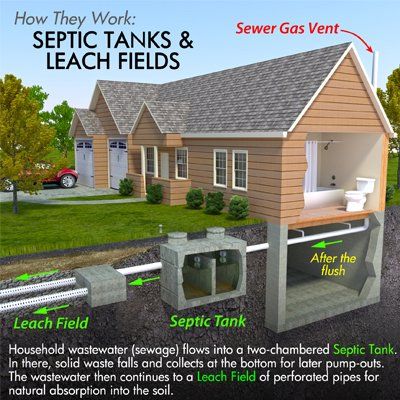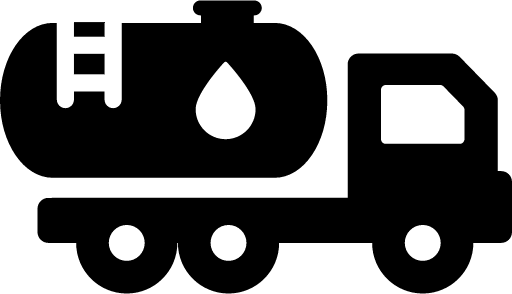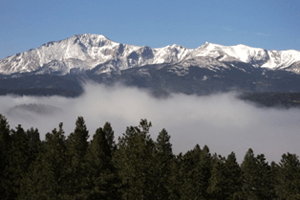
Front Range Sewer and Septic Service in Colorado Springs, CO
If you have or are considering a septic system
at your home or business contact our professionals when you're in need of septic service or cleaning. Our experts have the experience and know-how to not only solve your septic system issues, but to also educate you on maintaining your system.
Experts are standing by waiting to offer advice and service on your residential or commercial septic system. Contact us at (719) 633-0236 or by clicking on one of our three convenient locations below.
Experts are standing by waiting to offer advice and service on your residential or commercial septic system. Contact us at (719) 633-0236 or by clicking on one of our three convenient locations below.
Caring For Your Septic System
We take great pride in keeping our customers facilities operating smoothly and want you to clearly understand the importance of maintaining the health of your sewer and septic system. Not only will Following these simple steps reduce occurrences of backup and clogging, but it will also help prolong the life of your septic system saving you money on costly repairs. Our experts recommend:
- It is recommended to pump your septic tank every 2 - 5 years. How often you pump depends on the amount of water you use.
- If you have a heavily used system your tank may require more frequent pumping.
- General rule of thumb: more people using your septic system = increased water flow = your septic tank will fill up faster = more frequent pumping.
Click Here For More Information On Septic Care & Maintenance
Further Septic Information
Solids that are not decomposed remain in the septic tank. If they are not removed by periodic pumping, solids continue to accumulate until they over-flow into the drain field. This eventually leads to drain field plugging and drainfield failure.
The first signs may be slow draining fixtures, however the system may fail by discharging sewage effluent to the ground or back-up into the house as well (see below.)
The first signs may be slow draining fixtures, however the system may fail by discharging sewage effluent to the ground or back-up into the house as well (see below.)
Drainfield
The drainfield is where liquid from the septic tank flows through pipes in your yard for final treatment by organisms in the soil. Grass and/or shallow-rooted plants are the best covers for your drainfield.
Don't park cars and trucks on the drainfield or septic tank. Also, don't install driveways, patios, carports, decks, storage sheds, sports courts, landscaping plastic, and/or allow animals to graze. These activities pack soil and may lead to pipes breaking. Your yard should also have a "reserve area" which is where your replacement drainfield will be located if your drainfield fails.
Don't park cars and trucks on the drainfield or septic tank. Also, don't install driveways, patios, carports, decks, storage sheds, sports courts, landscaping plastic, and/or allow animals to graze. These activities pack soil and may lead to pipes breaking. Your yard should also have a "reserve area" which is where your replacement drainfield will be located if your drainfield fails.

Phone: (719) 633-0236
Teller County: 719-687-6677
Tri-Lakes Septic: 719-495-0891
Teller County: 719-687-6677
Tri-Lakes Septic: 719-495-0891
Content, including images, displayed on this website is protected by copyright laws. Downloading, republication, retransmission or reproduction of content on this website is strictly prohibited. Terms of Use
| Privacy Policy




